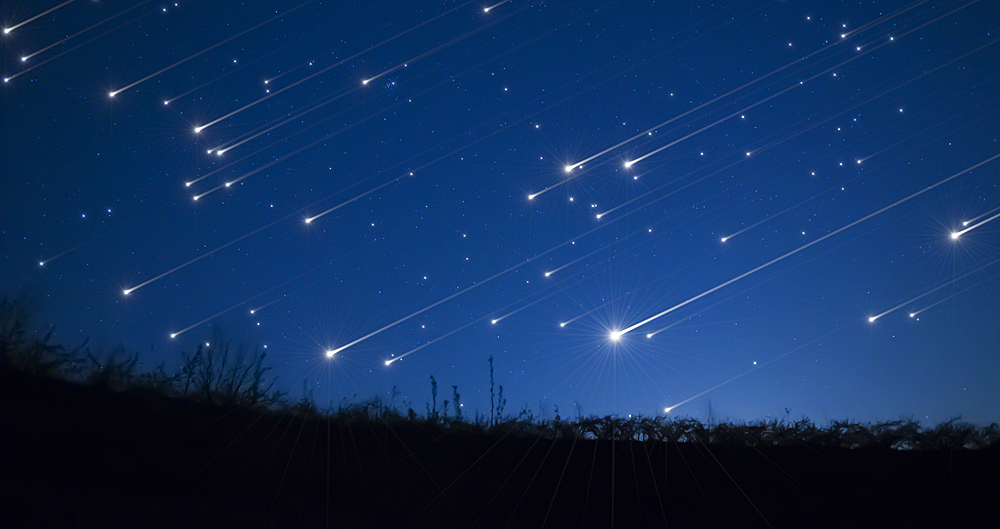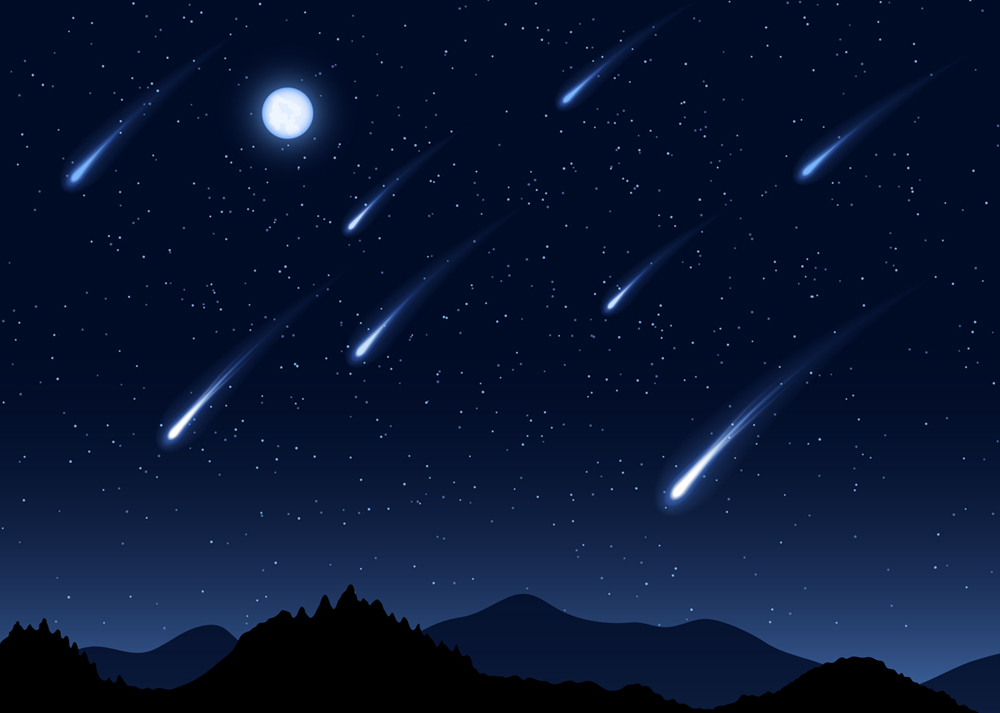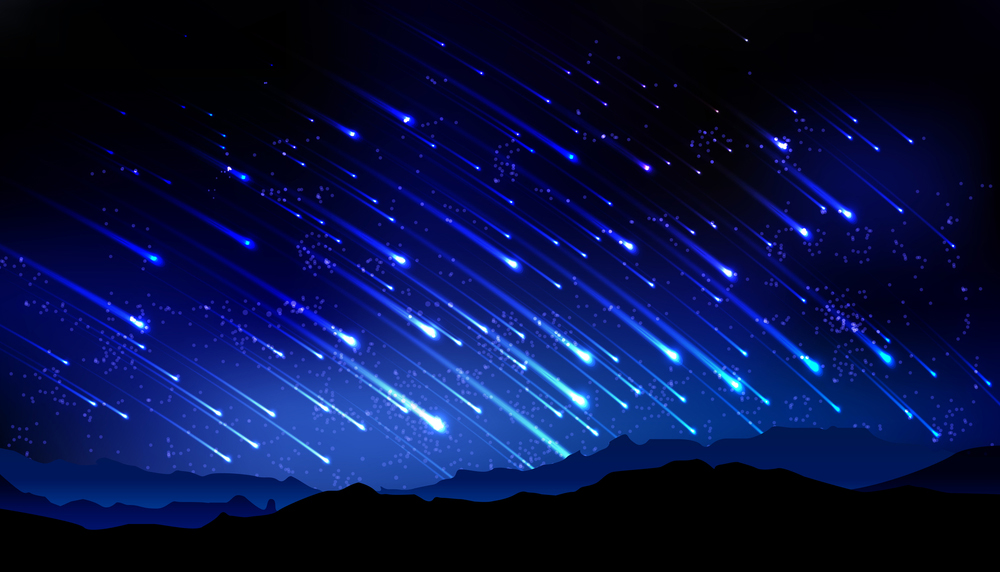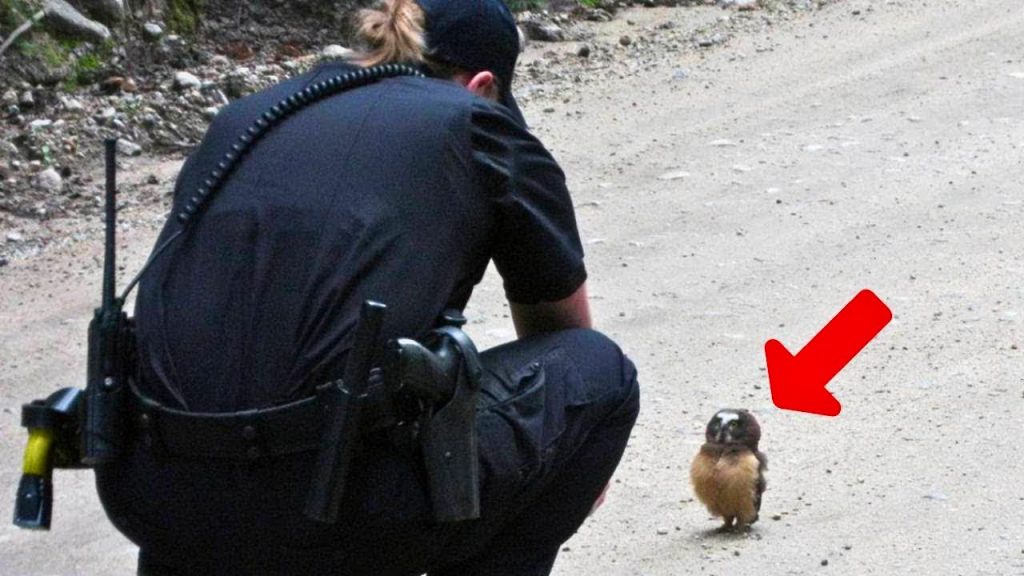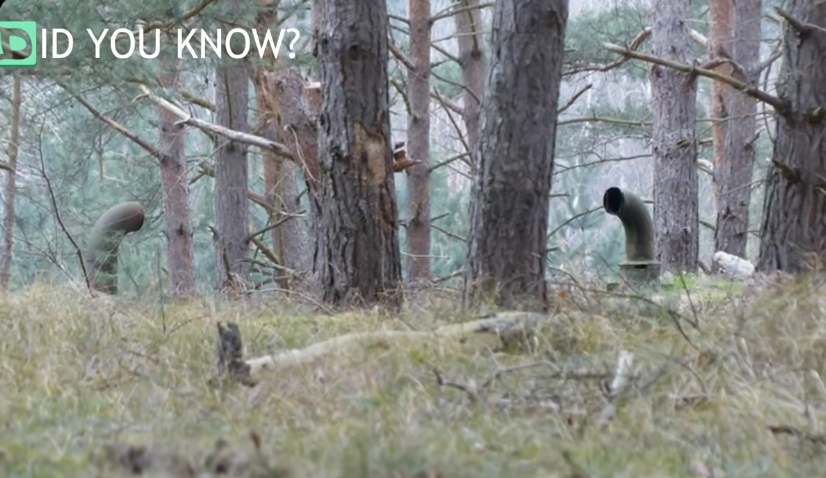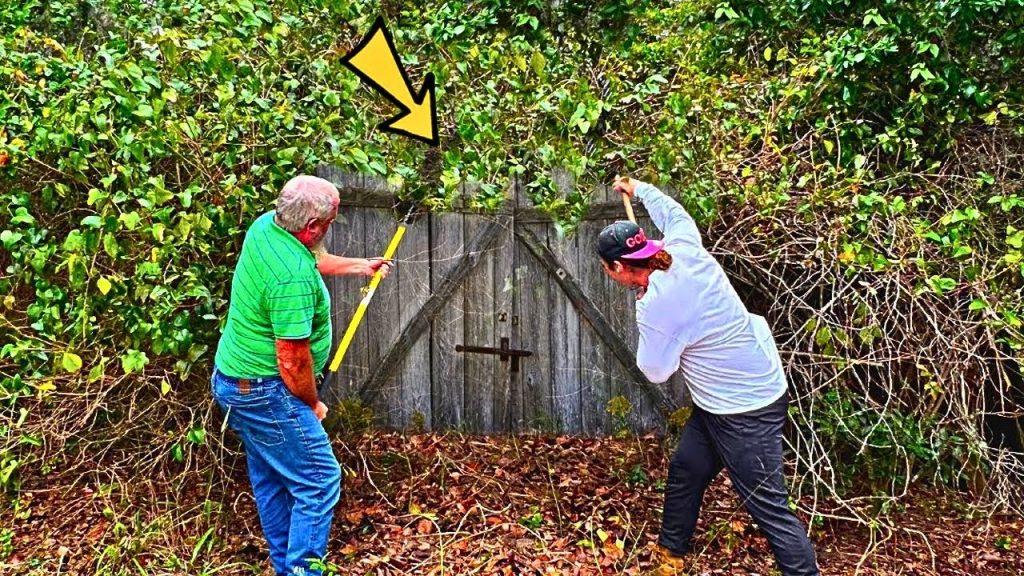How To Watch The Epic Leonid Meteor Showers Peak From November 16-21, 2016
Look up at the sky this coming Wednesday and Thursday evening to make a wish upon a star and see the Leonid meteor shower in full effect! It officially peaks on the night of November 16th into the early morning hours of November 17th and if you’re patient and observant, then the spectacular sight of shooting stars streaking across the heavens will meet your gaze.
In years past the annual shower has been known to put on quite an impressive light show. Based on historical accounts, scientists have estimated that upwards of a hundred thousand meteors an hour blanketed the sky during meteor storms brought on by the Leonids. That’s a truly astronomically high number and what an unbelievable sight it must have been!
Since the thirteenth of November our planet has been moving through the debris trail left by the comet Tempel-Tuttle and on November 21st it will exit it. All of the shooting stars that you see and wish upon are really just tiny bits of rock and ice that fell off the comet and burn up as they enter the Earth’s atmosphere. This year NASA meteor scientist Bill Cooke is predicting that anywhere from 10-15 meteors per hour will zip through the night sky. While it won’t be a major outburst like in years past, the shower will nonetheless produce at least a few beautiful gems!
The best viewing times for the Leonids are from darkness onward through the early morning hours, with ideal viewing at around one or two am. They are also visible from both the Northern and Southern Hemispheres, so no matter where you live, you can simply tilt your head back and see them flash across the sky!
While it’s best to look in the direction where the meteors are coming from, which is the constellation Leo, the majority of us don’t know where or how to locate it. For those who are not familiar with the night sky, you can simply use your cell phone as a navigation tool with a special app that tells you exactly where things are out there in the universe. All you need to do is download it and then point your phone up at the sky. It will automatically chart, identify, and map out exactly what you’re looking at. There are several of these astronomy apps available, including SkySafari and Star Walk, both of which are rated well and easy to use.
For an optimal vantage point you’ll want to find a nice quiet and open spot away from any lights. The only real rule of star gazing is that the darker the skies, the better the viewing. However, since it was just a full supermoon and the brightest its been in years, the light from it will interfere with the shower. By Wednesday it’ll be in a waning gibbous phase, so while the moonlight will be bright, visible meteors are still expected. Also, make sure to check the local forecast and so long as the sky is clear you should be able to see some shooting stars!
All in all, this years Leonid meteor shower will give you a great opportunity to get outside and get some nice fresh air while doing a little bit of sky gazing. Gather up your loved ones, bundle up warmly, bring the dog along, and have a relaxing evening under the stars!
Please SHARE This With Family and Friends So Everyone Can Enjoy 🙂
How To Watch Tonight’s Incredible Draconid Meteor Showers
Look up at the sky tonight because the Draconid meteor shower will be lighting it up and putting on a beautiful show. The annual shower reaches its peak tonight, October 8th, and while it usually only produces a few meteors per hour, its also been known to unexpectedly feature hundreds at a time!
Unlike the majority of meteor showers which are best viewed in the early morning hours following midnight, the Draconids get started much earlier. They can be seen the best during the early evening hours tonight. If you live in the Northern hemisphere then as darkness falls look up towards the extreme Northern portion of the sky because that is where they will be streaking from.
Specifically, the Draconid meteor shower comes from the northern constellation that’s known as Draco the Dragon. While many of us don’t know where or how to find constellations in the sky, you can easily fix this issue by downloading an app for your phone which will tell you exactly where it is in the sky (I use one called “Star Walk” and it works excellent).
Pick a nice open spot away from any lights. The general rule is the darker the skies, the better the viewing. The weather conditions will also affect your viewing so check the local forecast, but as long as the sky is clear you should be able to see them!
All in all, tonight’s meteor shower presents the perfect opportunity for you to get outside and do some peaceful sky-gazing. Get some fresh fall air, make new memories, and gather up your friends, family, pets, and loved ones for a relaxing evening under the stars. It’s not too late yet!
Spread this message, So everyone can enjoy 🙂
The Perseid Meteor Shower Peaks August 12th and 13th and Is Predicted To Be The Best Ever
Look up at the sky tonight because the Perseid meteor shower will be lighting it up and putting on a truly spectacular show! The yearly annual shower reaches its peak on August 12-13th and astronomers are predicting that anywhere from 80 to upwards of 200 meteors per hour will streak across the heavens. This year promises to be busier than usual because they are in what is called “outburst” mode, meaning that meteor rates will be double that of their usual average.
The Perseids originate from the ancient comet 109P, aka Swift-Tuttle, and date back to having been first observed and discovered in as early as 37 AD (wiki). The comet left behind tiny pieces of dust and rock particles that enter into the Earth’s atmosphere at speeds of over 130,000 mph, causing them to burn up and disintegrate. This is what creates the beautiful streaks of light in the sky- tiny specks of dust!
The best times to view tonight’s shower are from midnight on through the early morning, before the sun comes up at dawn. Prime viewing hours are expected to fall in-between 1 and 4 a.m. You can simply look up to see the meteors flash across the sky and if you live in the Northern Hemisphere, look towards the constellation Perseus, where the meteors come from. Because many of us don’t know where or how to find it, here’s how to fix this issue; simply download a sky watching app for your phone which tells you exactly where it is in the sky. I use one called Star Walk and it works great, you simply point your phone at the sky and it identifies all the stars, planets, constellations, and other celestial bodies out there in space.
Also essential for the best viewing is lighting and the less light pollution, the better. Pick a nice open spot away from urban areas and city lights or trees and structures that limit your view. Since the moon is in a waxing gibbous phase, the light from it will interfere with the shower. However, moonset will be at around 1 a.m. and after that viewing will be better. While local forecasts may vary, so long as the sky is clear you should be able to see them!
Check out the accompanying VideoFromSpace clip that quickly goes over the Perseids and don’t forget to seize the opportunity to get outside and do some sky gazing!
Please SHARE This With Family and Friends So Everyone Can Enjoy 🙂

